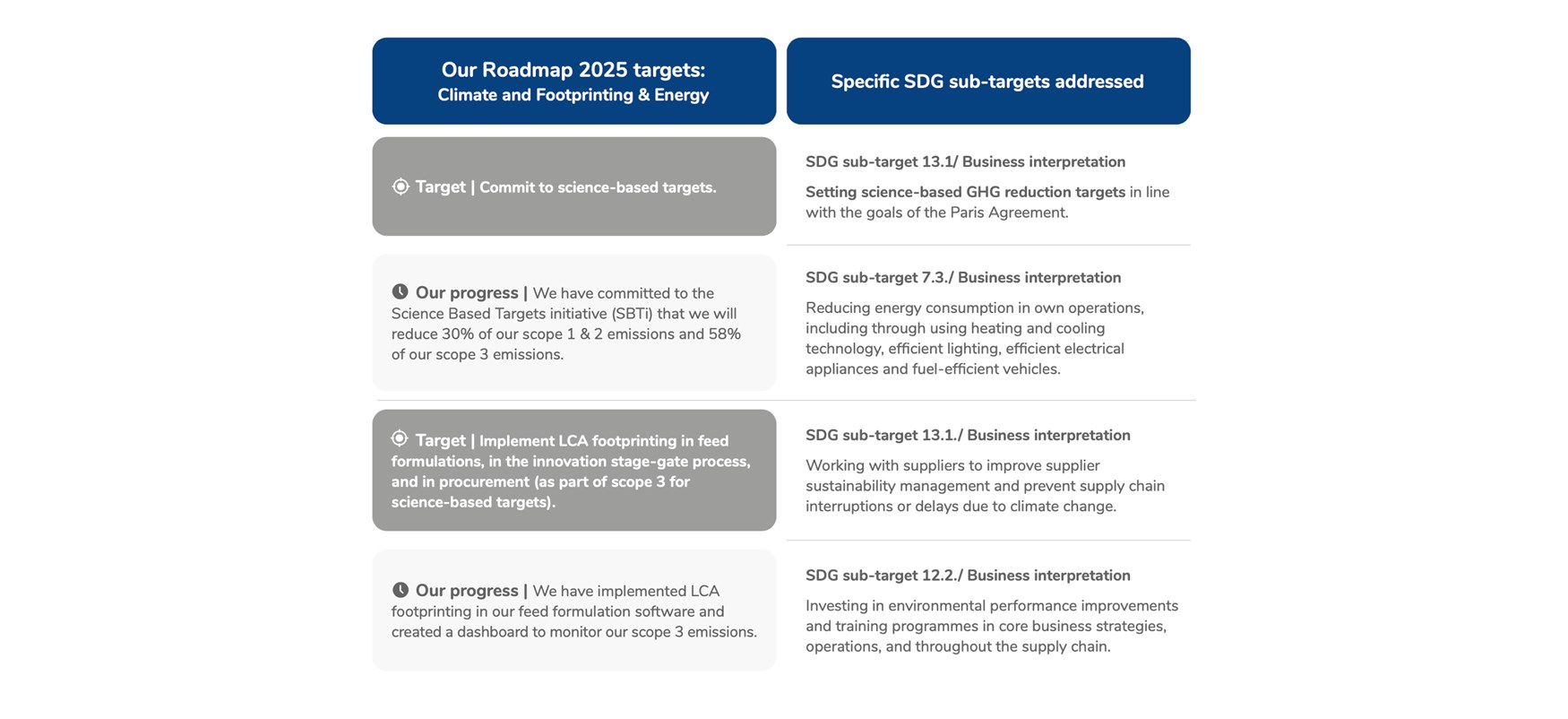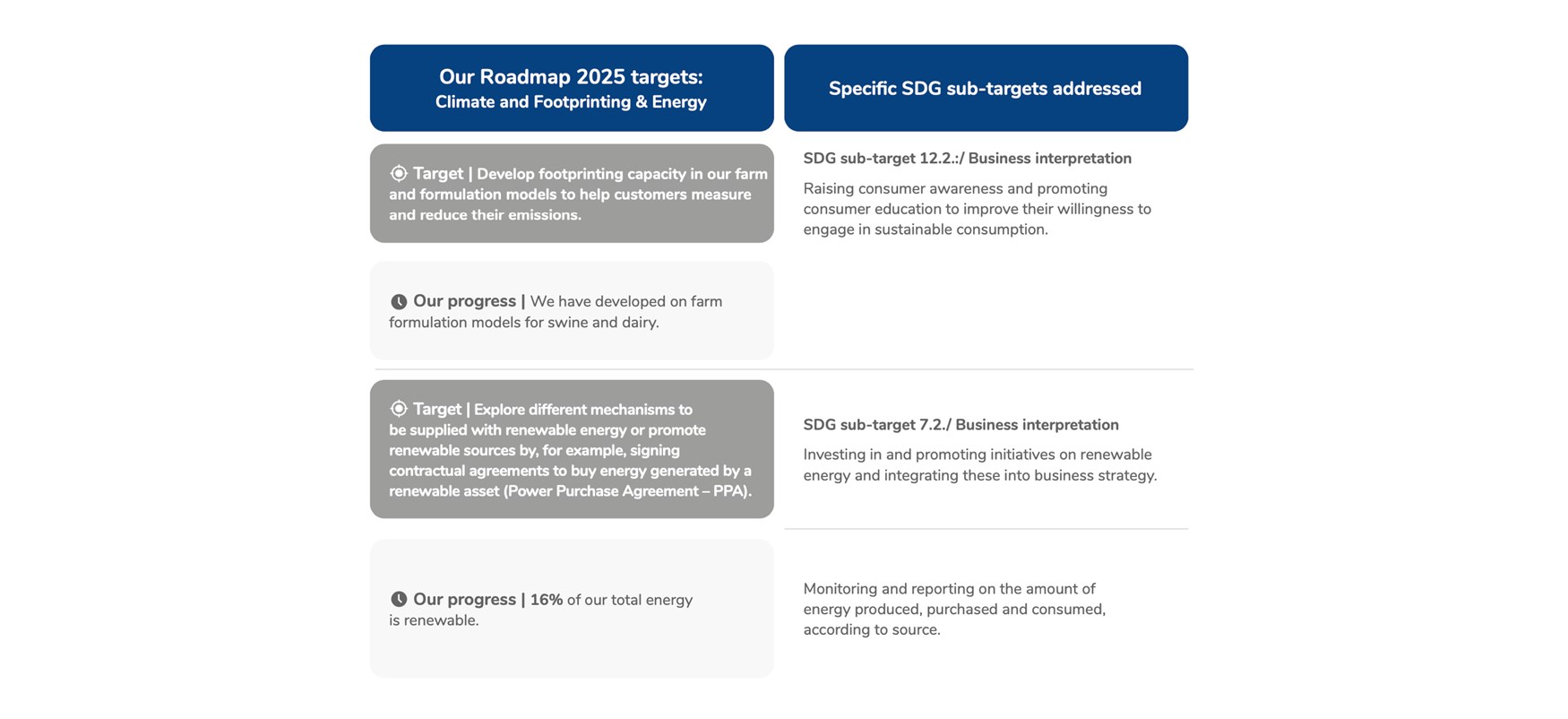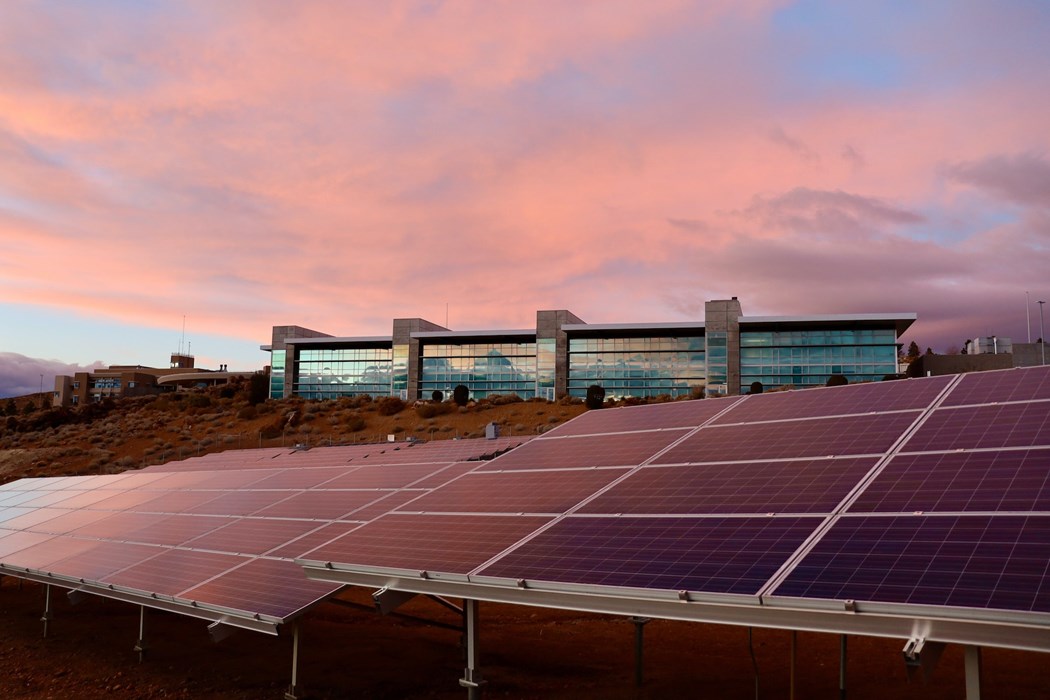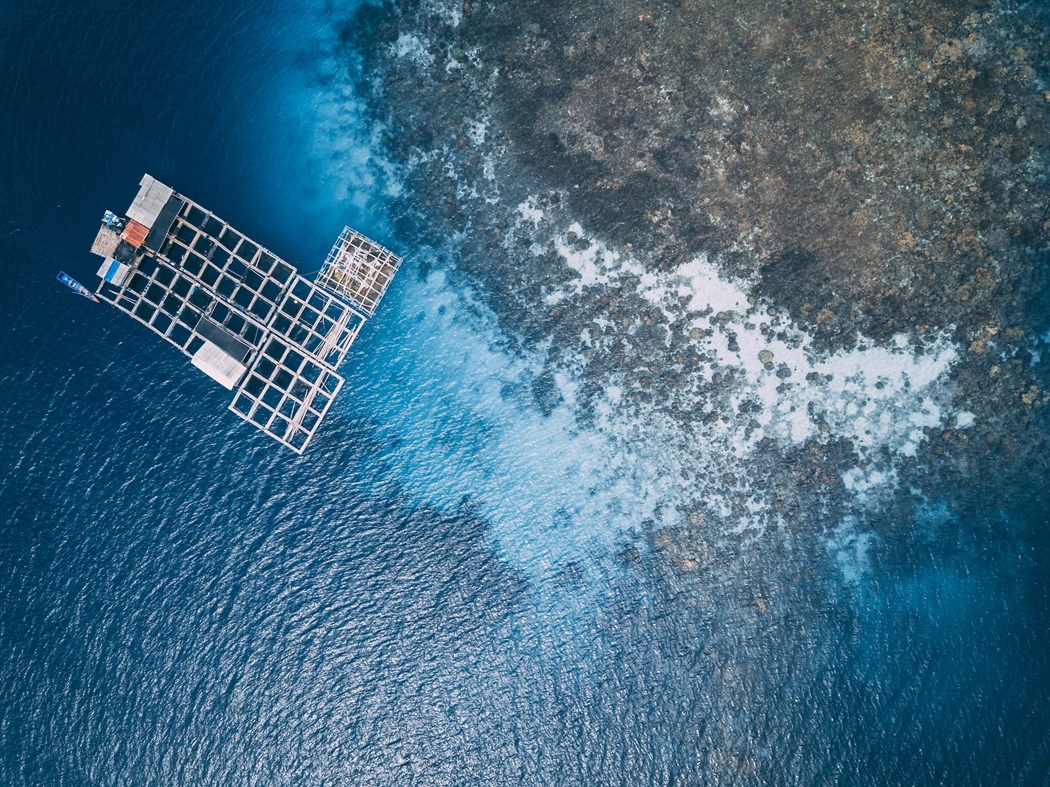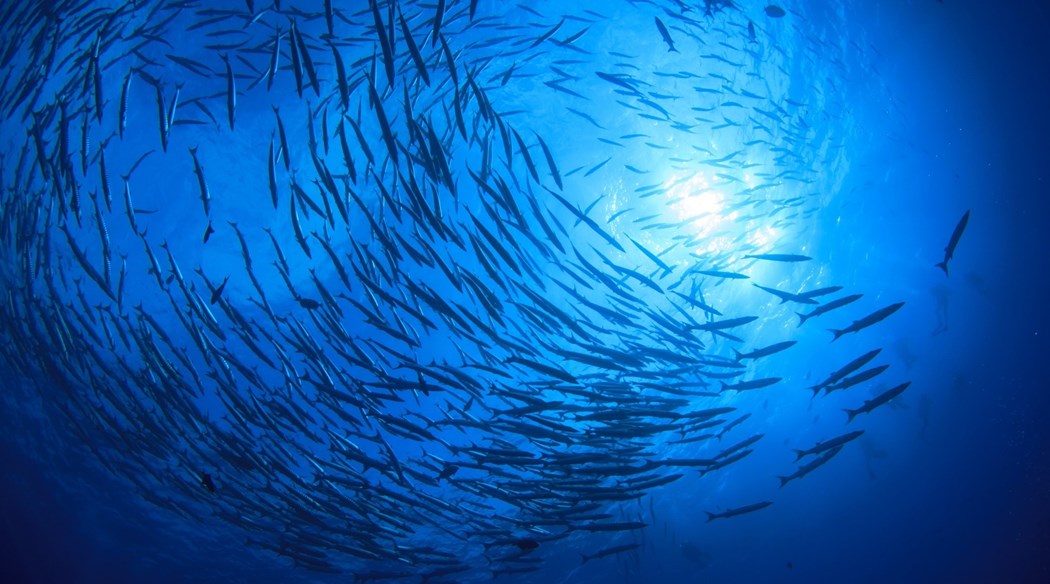SDG sub-target 13.1: Setting science-based targets
In early 2021, the Science Based Targets initiative (SBTi) approved Nutreco’s carbon emission reduction targets. This was in line with the commitment we made in our RoadMap 2025 to manage our carbon footprint responsibly.
